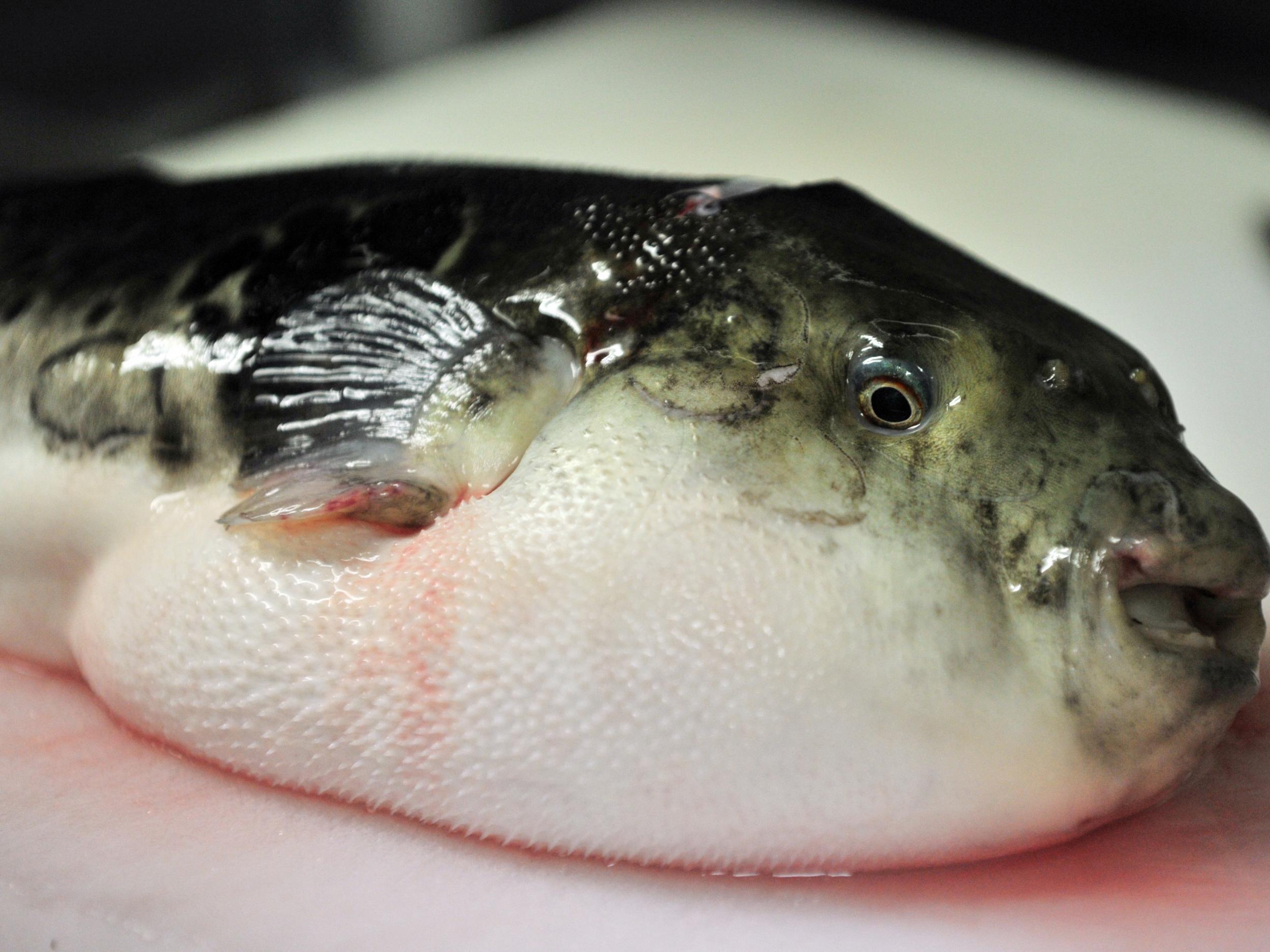Japanese city placed on high alert after supermarket sells fish more poisonous than cyanide
'Eating a blowfish liver can paralyse motor nerves, and in a serious case cause respiratory arrest leading to death'

Your support helps us to tell the story
From reproductive rights to climate change to Big Tech, The Independent is on the ground when the story is developing. Whether it's investigating the financials of Elon Musk's pro-Trump PAC or producing our latest documentary, 'The A Word', which shines a light on the American women fighting for reproductive rights, we know how important it is to parse out the facts from the messaging.
At such a critical moment in US history, we need reporters on the ground. Your donation allows us to keep sending journalists to speak to both sides of the story.
The Independent is trusted by Americans across the entire political spectrum. And unlike many other quality news outlets, we choose not to lock Americans out of our reporting and analysis with paywalls. We believe quality journalism should be available to everyone, paid for by those who can afford it.
Your support makes all the difference.A Japanese city has been placed on high alert after a supermarket sold portions of a potentially-deadly blowfish more poisonous than cyanide.
Officials in Gamagōri, in central Japan, were left with no choice but to activate the city's emergency warning system after packets of the fugu fish were sold without having their livers removed.
The livers, ovaries and skin of the fish can contain the deadly poison tetrodotoxin, with the smallest intake proving fatal if the fugu is not prepared properly.
Three of the five packets sold have so far been found and no one is believed to have been harmed, but concerns are growing over two packets that remain missing.
"We are calling for residents to avoid eating fugu, using Gamagōri city's emergency wireless system," local official Koji Takayanagi told AFP.
The fugu is an expensive winter delicacy in Japan and only the country's finest restaurants serve it, with chefs who prepare the blowfish required to undertake three years of training and pass a test before being issued with a special license by the government.
Only 30% of chefs who attempt this actually pass and go on to become licensed.
It is usually served raw or in a soup.
The part of the fish that contains the poison can differ from one fugu to another, with the "rapid and violent" poison said to be 1,200 times more deadly than cyanide.
The potential for death is greater if eaten as part of a soup – when eaten raw the fugu can often cause intoxication and light-headedness and sometimes it can be purposely eaten for this very reason.
"Eating a blowfish liver can paralyse motor nerves, and in a serious case cause respiratory arrest leading to death," regional officials said in a statement.
Between 2005 and 2015 in Japan there were 11 deaths as a result of eating the fish while 359 people were treated for fugu poisoning.
In comparison, around 100 people die in the US every year from vibrosis, which is a disease linked to the eating of raw oysters and shellfish.
In December last year it was revealed that more than 50,000 non-toxic fugu had been raised by a Japanese aquaculture company to help eliminate the dangers of preparing and eating the fish.
However, the Telegraph reported that more traditional chefs were shunning the safer breed as customers preferred playing Russian roulette with their meals.
"It's a very tasty fish, but that's not the only reason people choose to go to a fugu restaurant," said Shinichi Ueshima, a chef at the Dote restaurant in Yokohama.
"It's obviously more than a little exciting to go to a restaurant knowing that it might be the last meal that you ever eat.
"Where is the enjoyment in eating something that has no risk in it?"
Subscribe to Independent Premium to bookmark this article
Want to bookmark your favourite articles and stories to read or reference later? Start your Independent Premium subscription today.
Join our commenting forum
Join thought-provoking conversations, follow other Independent readers and see their replies
Comments